| Issue #36 • November/December, 1995 |
The season is arriving. The garden is ready for its final turning, the apples are picked, and it’s supposed to freeze by the end of the week. So, how is your creosote level? Not your cholesterol, your creosote. It builds up on the inside of your chimney and stove pipe, not your veins, but it could cause similar problems.
Tap your stove pipe. Are you answered with a sharp ping or a thud? If it is the latter, you have a creosote problem.
 |
Creosote is the black substance, usually dry and flaky, but in some cases liquid or goopy, that collects on the lining of the chimney or stove pipe, restricting the diameter of the flue. This decreases the draft and reduces the heat flow out of the stove pipe by insulating the walls so that not enough heat is absorbed or transferred through the pipe. If the flames and gases reach a temperature of 1000°, the creosote will ignite, causing a chimney fire.
Creosote is formed from the condensation of organic vapors, tar acids, and water which escape when full combustion is not achieved. The magnitude of the deposit depends on the density of the smoke and fumes and the surface temperature of the stove pipe or chimney on which the vapors are condensing.
There is no way to really avoid the problem, only decrease it. All wood has some moisture, and at some point all fires cool down. This combination of moisture and the cooling process produces the gases which form the creosote. The only way to combat the problem is to control the flaky black adversary with proper use and cleaning of the stove.
The best way to decrease creosote buildup is to keep the temperature of the stovepipe and chimney hot. Creosote does not begin to form until the surface temperature drops to 250° or below. Make the fire burn hot after the fire box has been reloaded. Do not burn large un-split logs, as these reduce the amount of air circulation necessary to facilitate complete combustion and allows more gases and tar to escape from the slow-burning log. Never extinguish a fire quickly. The quick cooling process emits large amounts of unwanted gases and water.
Green wood is especially dangerous to any creosote already in the lining of the pipe. This is especially true of green softwood, because it pops and explodes, sending sparks in every direction. The sparks could easily lodge in the uneven terrain and ignite.
Chimneys and stovepipes should be cleaned at least twice during the burning season (more frequently if the heat source is used year-round). A good way to estimate is to clean after every two to three cords of wood.
Do not use your stove as a trash incinerator. Plastics emit an exceedingly corrosive acid, which will magnify any existing creosote problem. Because creosote is such an excellent insulator (more effective than asbes-tos), a very thin layer can reduce the efficiency of your stove by 10 to 15%.
Dampers are big collectors of creosote. Like any variety of debris, creosote collects on any type of angle or protrusion where the exhaust gases are slowed down. Therefore, vertical stovepipes collect less creosote than a pipe with a number of angles or elbows, because the gases can move at a brisker pace.
There are products on the market which claim to keep the chimney free of creosote, but they do not clean existing creosote off of the interior. The cleaning needs to be done either by a chimney sweep or by you, using similar methods.
If you don’t believe the extremely combustible nature of creosote, try burning a few flakes and see how they almost explode into flame.
A chimney fire sounds something like a locomotive roaring through the next room, accompanied by shooting and exploding flames. The heat of a creosote fire can be so intense that it can actually extricate the mortar from between the stones or bricks and send the heat-filled particles crashing onto the roof.
If you have a chimney fire, call the fire department. If possible, close the damper. Any attempt to put out the fire should be done with an abundance of rock salt or baking soda, but never with water. Water would simply intensify the problem, creating more steam and gas and possibly cracking the chimney liners or the cast iron body of the stove and pipes.
Keeping your stove free from creosote will give you a more efficient and safer burning season, so after the stove has been properly cleaned you can relax and worry about your cholesterol level instead.









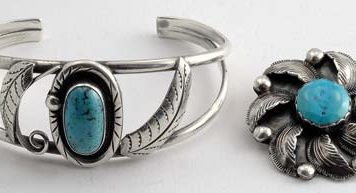
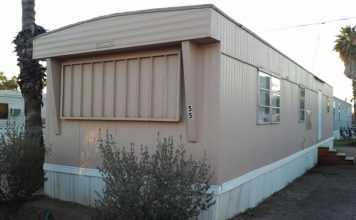

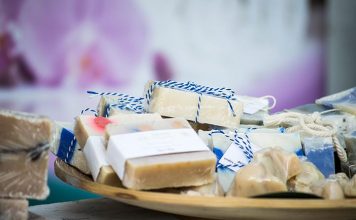
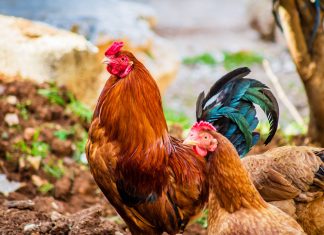
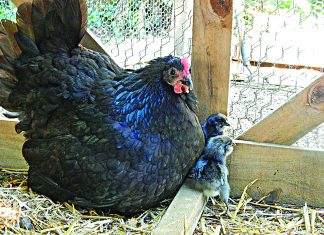
Trick I learned from an old timer ,when the stove is up to temp and you have a good bed of coals burn an aluminum can in the stove . The chemicals released help dry out existing creosote . After your pipe cools rap it on the side you will hear it flake off and down to your clean out